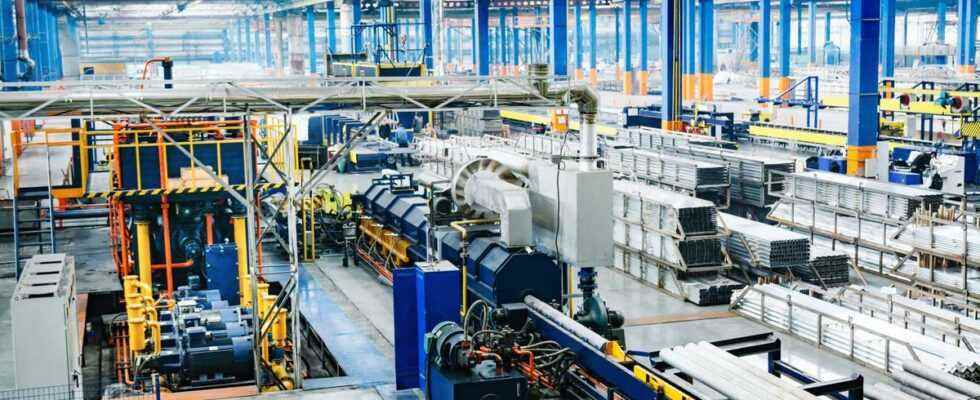In April, 170,000 employees were on short-time work in France, a far cry from the peaks at the start of the Covid-19 crisis.
The collapse of the use of partial unemployment is confirmed. After peaking at the start of the Covid-19 crisis, peaking at 8.4 million employees in April 2020, it only affected 170,000 employees in April 2022, according to the latest data from Dares – the statistical department of the Ministry of Labor -, published on Wednesday.
The number of short-time working beneficiaries thus fell by 31% compared to the previous month (240,000 in March). In full-time equivalent (FTE), the drop reached 35% (40,000 employees in April against 60,000 in March).
It should be noted that partial unemployment is proving to be more and more structural, since 84% of employees in this situation in April were in long-term partial activity (APLD), compared to 65% in March. A system in place since July 2020 and which allows companies facing a lasting reduction in their activity to be further assisted by the State. Last April, the government extended the APLD for six months, until December 31, 2022, in response to the conflict in Ukraine.
Read alsoPartial activity: the answers to your questions in the context of the war in Ukraine
SEE ALSO – Covid: “The government has no intention of relaxing the pressure on the population”
Still far from its pre-crisis level
If partial unemployment reached its lowest point in April since the outbreak of the Covid-19 pandemic in France in early 2020, it still remains well above its pre-crisis level. According to Dares, from 2015 to 2019, between 25,000 and 50,000 employees were placed in partial activity on average each month. A level which today seems unattainable, as partial activity has become a full-fledged tool of the State to withstand economic shocks and thus avoid waves of layoffs.
Read alsoThey take advantage of unemployment to travel and take time for themselves … and no longer hide it
In detail, the sectors most affected by partial unemployment in April were first and foremost the manufacture of transport equipment (41,000 employees), then the manufacture of other industrial products (30,000) and transport and warehousing ( 30,000). Employees in this situation were found first in Île-de-France (22.7%), then in Auvergne-Rhône-Alpes (12.9%) and in Hauts-de-France (9.6%) .
SEE ALSO – Economy: “We are coming out of a long period of deflation, the novelty is the return of inflation”, analyzes Anne de Guigné
